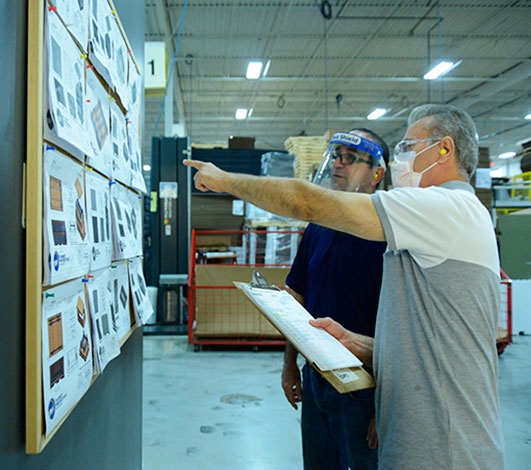In this article we are going to talk about and learn about protective packaging. We are going to learn the basics and in doing so, we are going to see how it is helping businesses transform their distance delivery module.
To put it in simple terms, protective packaging can be defined as the materials and processes used in protecting a product from damages caused by transit, shipping and warehousing, during its movement from the producer or retailer to the customer. It is about creating a buffer around the product in such a way that the impacts of the transit and warehousing is rendered useless to damage the product.
This helps in preventing any damage to the product. This ensures that the product reaches its destination safely and without any problem or issue. Technically, a protective packaging system can be made or created from any material which can include plastic, metal, cardboard, etc.
Even though the materials used in protective packaging is commonly plastic and cardboard, it is important to note that it is not limited to not these materials only. Others materials can also be used for the same depending on the demand and the requirement of the products which are being packaged and the transit distance.
Protective packaging can be used both as a primary product packaging or can be as a secondary form of packaging. It typically depends on the product which is being packaged or the product which is contained within. It can be used for a wide array of applications and hence it is quite effective and efficient in today’s world of e-commerce and online delivery.
And while there are various types of product packaging all forms and types of product packaging is used for the same purpose only, and that is to ensure that the product of the customer reaches the customer safely and soundly, as it is intended, without a single scratch on the product inside the box.
Some of the common examples of productive packaging are as follows:
- flexible films
- bagging
- shrink packaging
- carded packaging
- blister packaging
- skin packaging
- clamshells
- air pillows
(Note): While these are some of the common materials used for protective packaging, it is important to understand that protective packaging is not limited to these materials only).
Protective packaging instils the faith of the customer on the business and their commitment or provide seamless end-to-end service. In this world of cut throat competition, offering such high-end but extremely important and effective safety nets for the customer’s products is really important.
It reflects well on the brand as well. It creates a loyalty and trust. If you are looking for excellent protective packaging manufacturers, consider Planet protective.


No comments yet